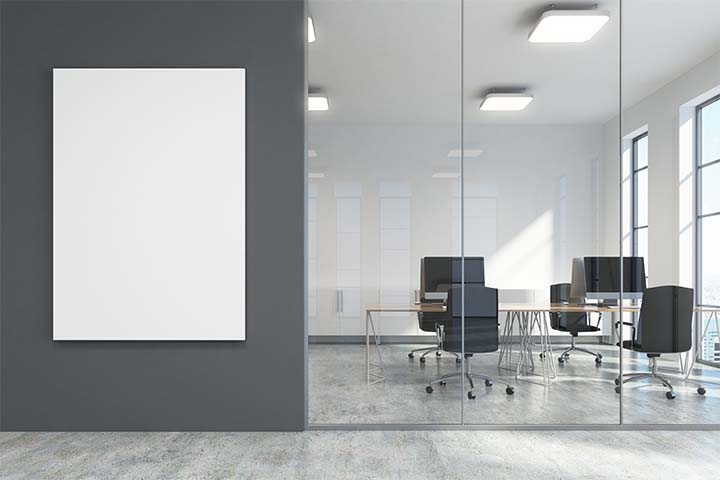Sarah Phillips
- Partner

As many of us return to the workplace, the Health and Safety Executive (HSE) and the Scottish Government are emphasising the importance of good ventilation to minimise the risk of coronavirus. The guidance specifies planning should be based around appropriate risk assessments and providing a safe working environment. Alongside proper hygiene, wearing face masks and physical distancing, good ventilation is key to help reduce the spread of coronavirus in the workplace.
The law requires employers to ensure there is a sufficient supply of fresh air (ventilation) in enclosed areas of the workplace. Fresh air into indoor environments is essential to preventing the spread of coronavirus as the virus can build up in poorly ventilated areas. Ventilation reduces the risk from aerosol transmission; you can do this by using:
It is important to understand how to use ventilation to limit the spread of coronavirus in your workplace. Aerosol transmission can occur when someone breathes in small particles in the air after an infected individual with the virus has been in close proximity or direct contact with someone else. Transmission depends on various factors including how well the area is ventilated, the duration of exposure, the viral emission rate and the number of occupants in a certain area.
Employers should carry out risk assessments when deciding on the ventilation needed for each area of the workplace. It is important to prioritise areas that are usually occupied and poorly ventilated when completing risk assessments. The more people who occupy an area, the greater the risk for aerosol transmission if the area is poorly ventilated. Areas that are poorly ventilated can be identified as areas with no mechanical or natural ventilation, an area that only recirculates air with no outdoor air supply and areas that feel stuffy or smell bad.
Carbon dioxide (CO2) monitors are encouraged to assist workplaces having adequate ventilation. Although CO2 levels are not a direct measure of possible exposure to coronavirus, if there is a build-up of CO2 in an area this can indicate poor ventilation. The HSE recommends the most appropriate portable devices to use in the workplace are non-dispersive infrared CO2 monitors. The guidance advises CO2 monitors are not suitable in areas that rely on air cleaning units due to the filtration units removing contaminants (such as coronavirus) from the air but not CO2.
Employers should consider and review if the workplace has a complex ventilation system. These may include: old buildings, buildings with several floors and rooms using different ventilation systems and workplaces with additional recirculation (this is most likely in systems designed for product manufacturing). If your workplace has a complex ventilation system, the HSE recommends employers to review guidance form the Chartered Institution of Building Services Engineers and seek expert advice from a ventilation engineer if necessary.
Ventilation is not a standalone measure and it should be implemented as part of a number of measures, such as frequent hand washing, physical distancing, wearing masks, and overall proper hygiene. Communication with employees of ventilation risk assessments and outcomes is imperative to allow them to understand how they can also play their part to reduce the risk of spreading coronavirus in the workplace.
Our specialist team in the Health & Safety Inquiries Unit can provide you with tailored legal advice, training, and court representation and help to ensure you are compliant with current health and safety regulations.
For further advice on these services, please contact Sarah Phillips, James McMillan, or speak to your usual Anderson Strathern contact.
You might also be interested in these articles: